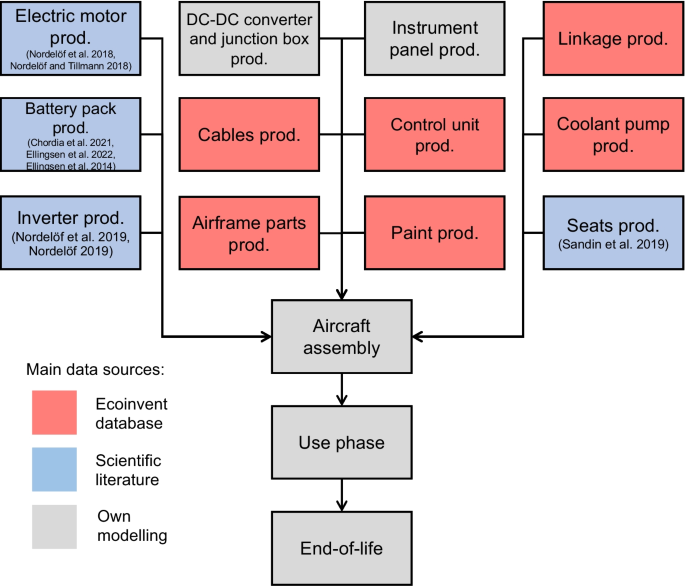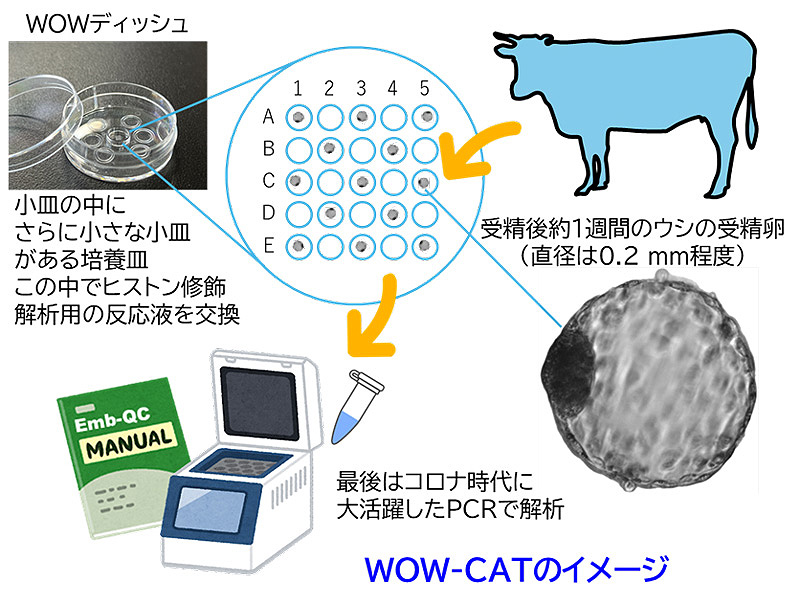2024-01-23 チャルマース工科大学
<関連情報>
- https://news.cision.com/chalmers/r/major-climate-benefits-with-electric-aircraft,c3913105
- https://link.springer.com/article/10.1007/s11367-023-02244-z
二人乗り全電気航空機のライフサイクル評価 Life cycle assessment of a two-seater all-electric aircraft
- Rickard Arvidsson,Anders Nordelöf & Selma Brynolf
The International Journal of Life Cycle Assessment Published:27 October 2023
DOI:https://doi.org/10.1007/s11367-023-02244-z

Abstract
Purpose
Aviation is an important contributor to climate change and other environmental problems. Electrification is one option for reducing the environmental impacts of aviation. The aim of this study is to provide the first life cycle assessment (LCA) results representing an existing commercial, two-seater, all-electric aircraft.
Methods
An attributional cradle-to-grave LCA was conducted with a functional unit of 1 h flight time. Data and records from an aircraft manufacturer informed much of the study. Detailed modelling of important aircraft components is provided, including the battery, motor, inverter, instrument panel and seats. Impact results are compared to those from a similar but fossil fuel–based two-seater aircraft. A wide range of impact categories was considered, while the focus was on global warming, resource depletion, particulate matter, acidification and ozone formation.
Results and discussion
The main contributors to almost all impact categories are the airframe, the lithium-ion battery and emissions (in the use phase). The airframe has a major impact as it contains energy-intensive, carbon fibre–reinforced composites, the impact of which can be reduced by recycling. The battery dominates mineral resource depletion categories and contributes notably to emission-based categories. Producing batteries using non-fossil energy or shifting to less resource-intensive, next-generation batteries would reduce their impact. Use-phase impacts can be reduced by sourcing non-fossil electricity. Despite the need for multiple battery pack replacements, the comparison with the fossil fuel option (based on equal lifetimes) still showed the electric aircraft contributing less to global warming, even in a high-carbon electricity scenario. By contrast, when it concerned mineral resources, the electric aircraft had greater impact than the fossil fuel based one.
Conclusions
A sufficiently long lifetime is key to bringing the all-electric aircraft’s environmental impacts (such as global warming) below those of fossil fuel–based aircraft. The high burden of the airframe and batteries can then be outweighed by the benefit of more efficient and emission-free electric propulsion. However, this comes with a trade-off in terms of increased mineral resource use.



